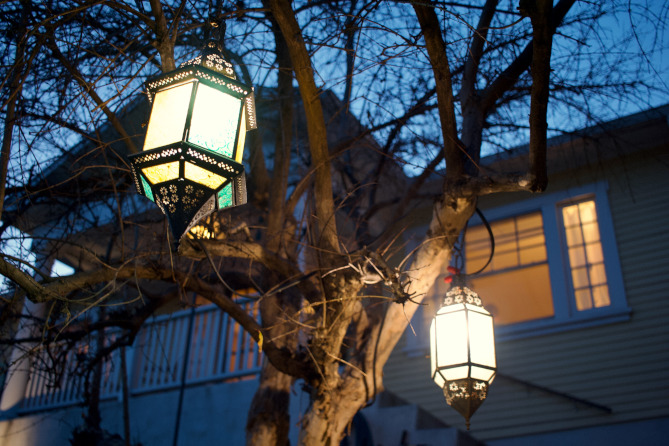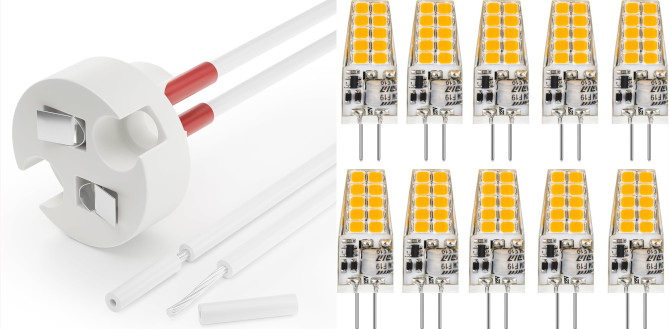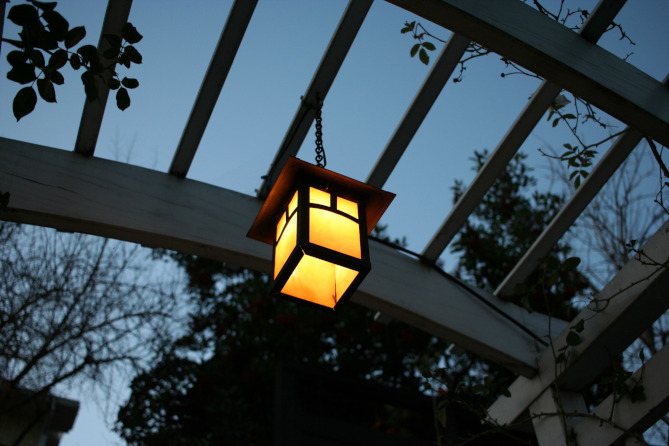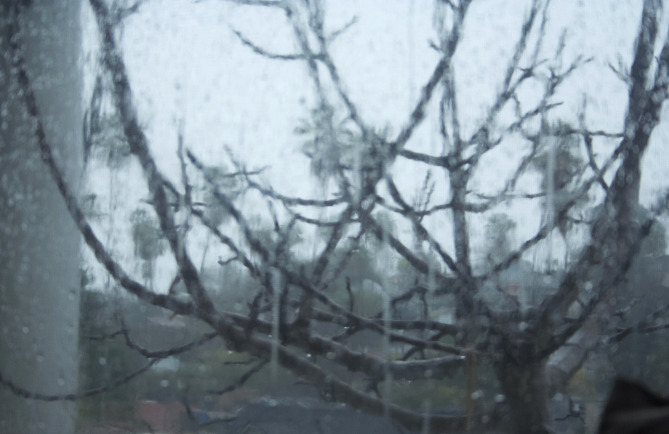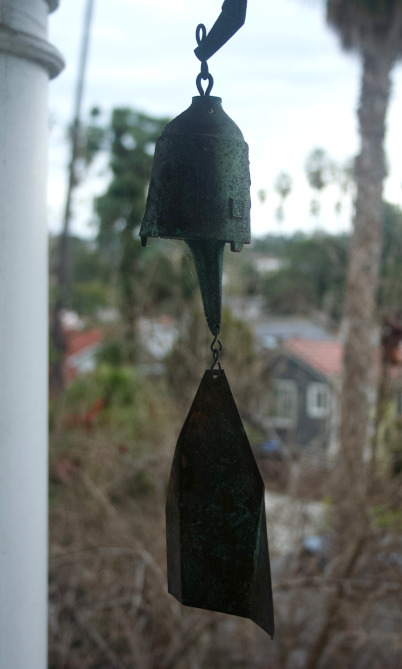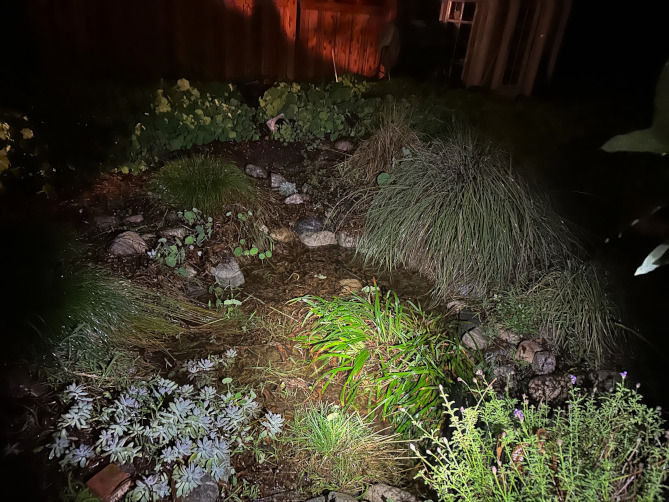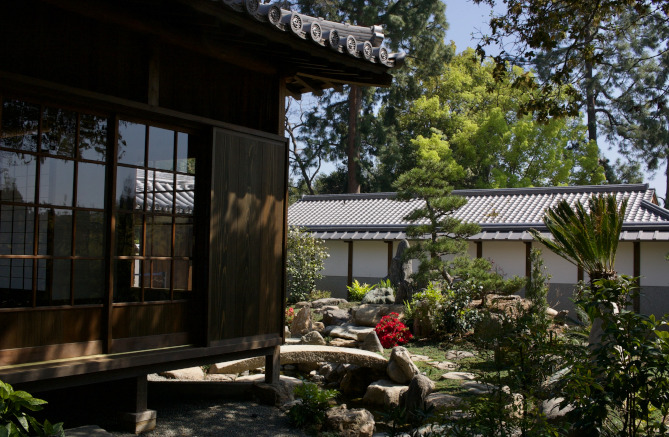
More pictures from our trip to Japan?
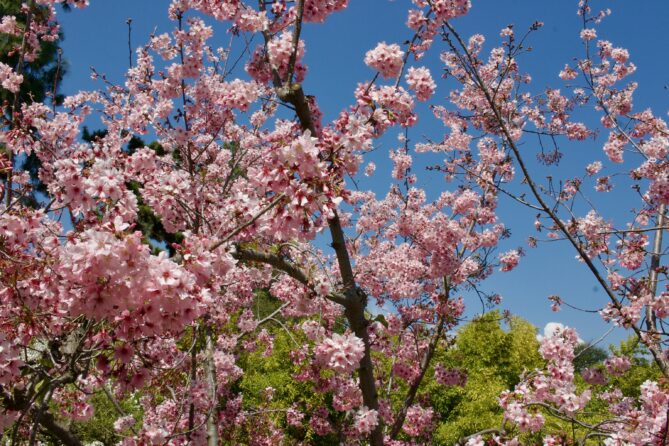
Did we experience Sakura season?
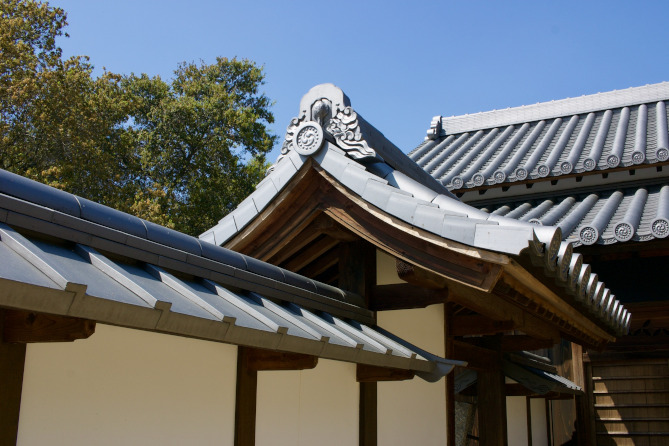
This is actually the Huntington Gardens in San Marino, a 20 minute drive from our house. And you should go now if you’re here in SoCal. The Chinese garden, in particular, is popping with flowers, calligraphy demos and live music. And there’s a newish historic building relocated from Japan that’s been meticulously restored and landscaped. This was the perfect way to ease ourselves back from vacation.
